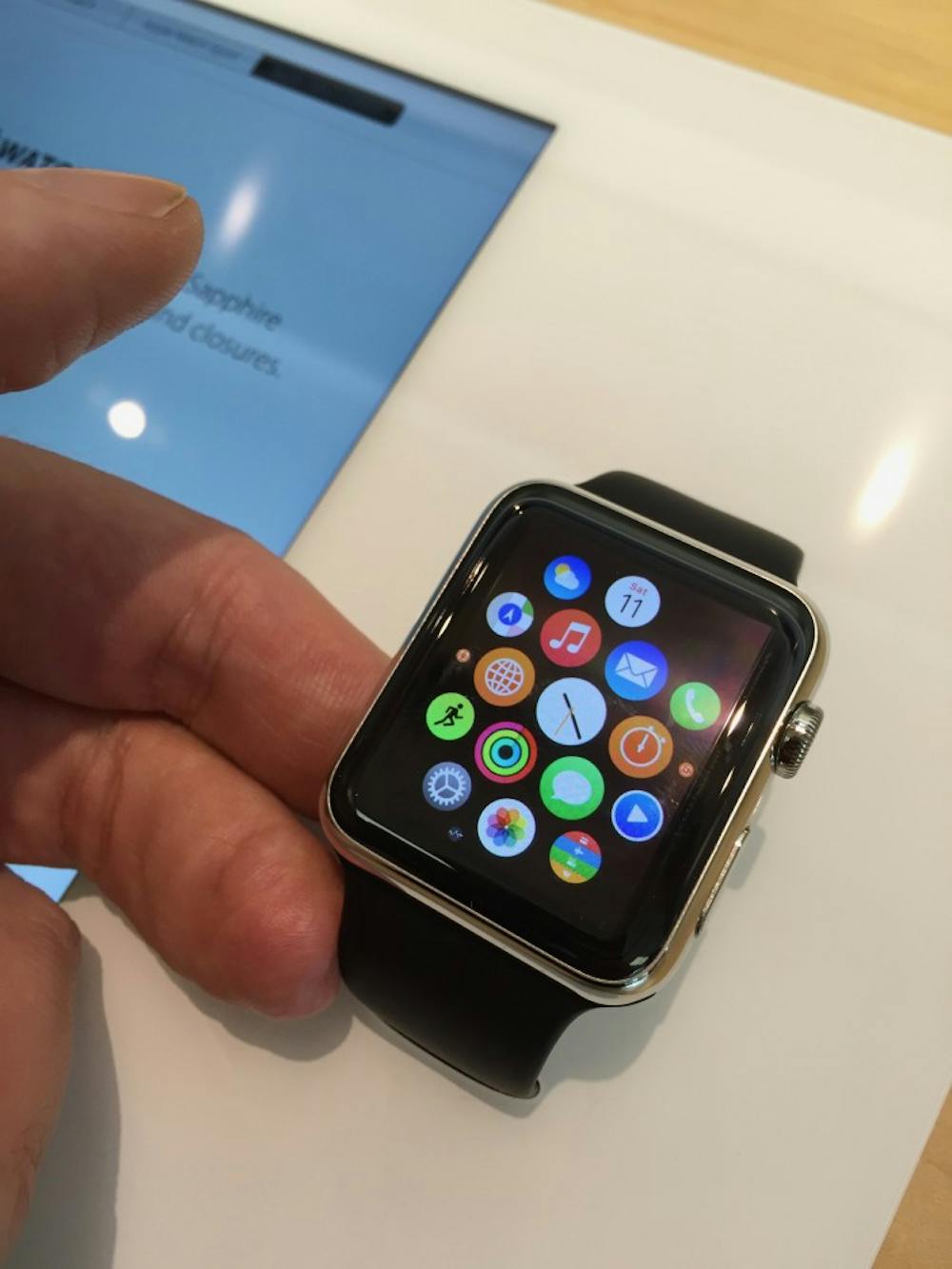New technology is constantly being implemented in medicine, and many are here to stay. Digital innovations have facilitated early detection and prevention, revolutionizing health care in remarkable ways.
Technology has paved the way for remote monitoring and improved communication between doctors and their patients. It has allowed for the mass networking of data, resulting in more accurate diagnoses and treatment for patients.
Current examples of technology in medicine include the 3D printer, which allows researchers to replicate multidimensional models of problems and replicas of bones and organs, and various sensors used to detect a continuous stream of information to aid in diagnosis for both the patients and the doctors.
A recent large study now suggests that the Apple Watch, as well as many other smart watches, may be used to detect irregular heartbeats by tracking the wearer’s heart rhythm.
Irregular heartbeats, medically known as arrhythmias, may be detrimental because they can cause blood to pool up in the heart, which may lead to the formation of a blood clot. This blood clot can travel to the brain and cause a stroke and in severe cases, heart failure. This condition is known as atrial fibrillation, or a-fib for short.
A-fib affects approximately 2.7 to 6.1 million Americans every year. A patient with a-fib typically experiences an irregular beating in the atria — the two upper chambers of the heart — which decreases the blood flow to the two ventricles, which are the lower chambers of the heart. This irregular beating increases the risk of developing a blood clot.
With the use of a special app, the Apple Watch is able to screen for irregular heartbeats. In a study from Stanford University, researchers sampled approximately 420,000 participants, and the watch was able to warn about 2,100 participants of an irregular heartbeat.
Upon receiving an alert, researchers told the participants to schedule an appointment with one of the study’s doctors and to wear an electrocardiogram (EKG) patch. The patch records the electrical activity of the heart in order to further monitor and aid in diagnosing potential cardiac issues.
In the whole study, about 34 percent of the participants notified of having an irregular heartbeat were found to also have a-fib.
Mintu Turakhia, the lead researcher of this study, is a cardiac electrophysiologist and associate professor of Cardiovascular Medicine at the Palo Alto Veterans Affairs Health Care System. He is also the executive director of Stanford’s Center for Digital Health. Turakhia described how effective the watch appeared to be.
“A-fib tends to come and go, and a week of monitoring might have missed some cases,” Turakhia said in a press release. “But if the watch detected another irregular heartbeat while someone was wearing the EKG patch, 84 percent of the time it really was a-fib.”
In comparing the accuracy of the Apple Watch in detecting a-fib compared to that of the EKG, researchers found that the Apple Watch had a 71 percent positive predictive value. In other words, 71 percent of the individuals who received a notification of having an irregular heartbeat indicative of a-fib actually had a-fib.
This function, however, depends on the model of the Apple Watch as well. With the Apple Watch Series 1 or later, the heart rhythm is monitored using the optical heart sensor. But, the technology on Apple Watch Series 4 is slightly more advanced by providing a picture of the heart rhythm and running its own EKG which can be shared with the doctor.
Marco Perez, a co-principal investigator and associate professor of cardiovascular medicine at Stanford Medicine, commented on the impact of their study.
“The performance and accuracy we observed in this study provides important information as we seek to understand the potential impact of wearable technology on the health system,” Perez said in a statement.
Perez will continue to do further research into wearable technology in medicine.





